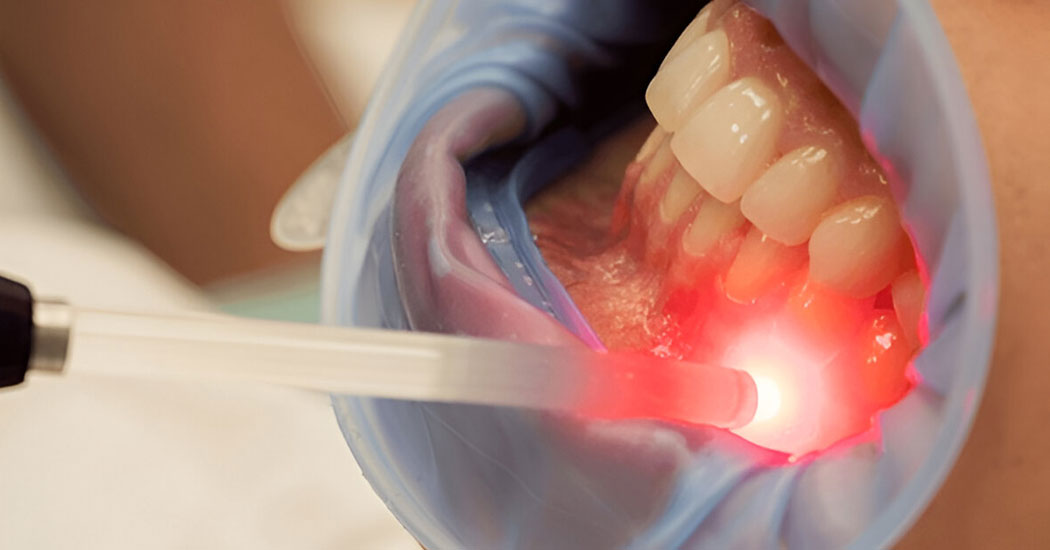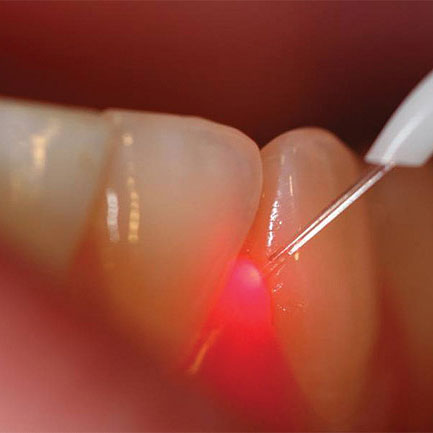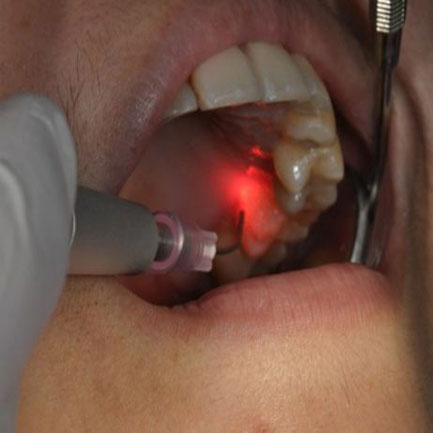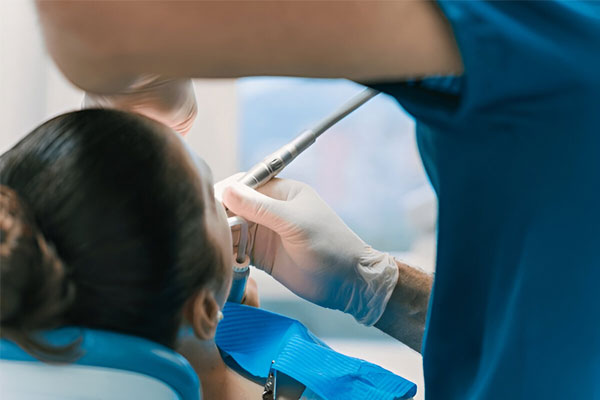- Call Today +91 89803 95039
- Open Hour 09:00 AM to 09:00 PM



Dental lasers utilize focused light energy to deliver rapid pulses of heat to the targeted treatment area. The specific wavelength of light employed is carefully selected based on the type of tissue being addressed. Surgical lasers offer enhanced accuracy compared to traditional dental methods, enabling dentists to perform procedures with greater precision and conserve a maximum amount of healthy bone and tooth structure.
Many laser procedures are minimally invasive, often resulting in significantly reduced discomfort or even a virtually painless experience for the patient. This can lead to a more relaxed and natural feeling during and after treatment.
Dental lasers allow for highly precise targeting of the treatment area, minimizing impact on surrounding healthy tissues. This accuracy contributes to optimal outcomes and tissue preservation.
Laser treatments are often less invasive than traditional surgical techniques, leading to less trauma to the tissues, reduced need for sutures, and faster healing times.
The heat generated by dental lasers can help to cauterize blood vessels and seal nerve endings during procedures, resulting in less bleeding and post-operative swelling.
In some cases, the efficiency and effectiveness of laser dentistry can streamline treatment processes, potentially reducing the overall number of dental visits required.

Lasers can be employed in various gum surgeries, offering precise and often less invasive alternatives to traditional methods for treating gum disease. This can include procedures like gum reshaping, pocket reduction, and the removal of infected tissue, often with reduced bleeding, swelling, and discomfort.
A laser frenectomy is a minimally invasive procedure to release a tight or restrictive frenum (the small fold of tissue connecting the tongue to the floor of the mouth or the lip to the gums). This can improve tongue movement (tongue-tie release), alleviate lip restrictions, and address related issues with speech, feeding, or the spacing between teeth.
Laser-assisted teeth whitening utilizes laser energy to activate the bleaching agent applied to the teeth. This can often accelerate the whitening process and potentially enhance the results compared to traditional bleaching methods.
While not a standalone orthodontic treatment, lasers can assist in various orthodontic procedures. This may include soft tissue contouring to improve access for bracket placement, exposure of impacted teeth to aid in their eruption, or frenectomies that support optimal orthodontic outcomes.
All rights reserved 2025 © Stavya Dental Hospital